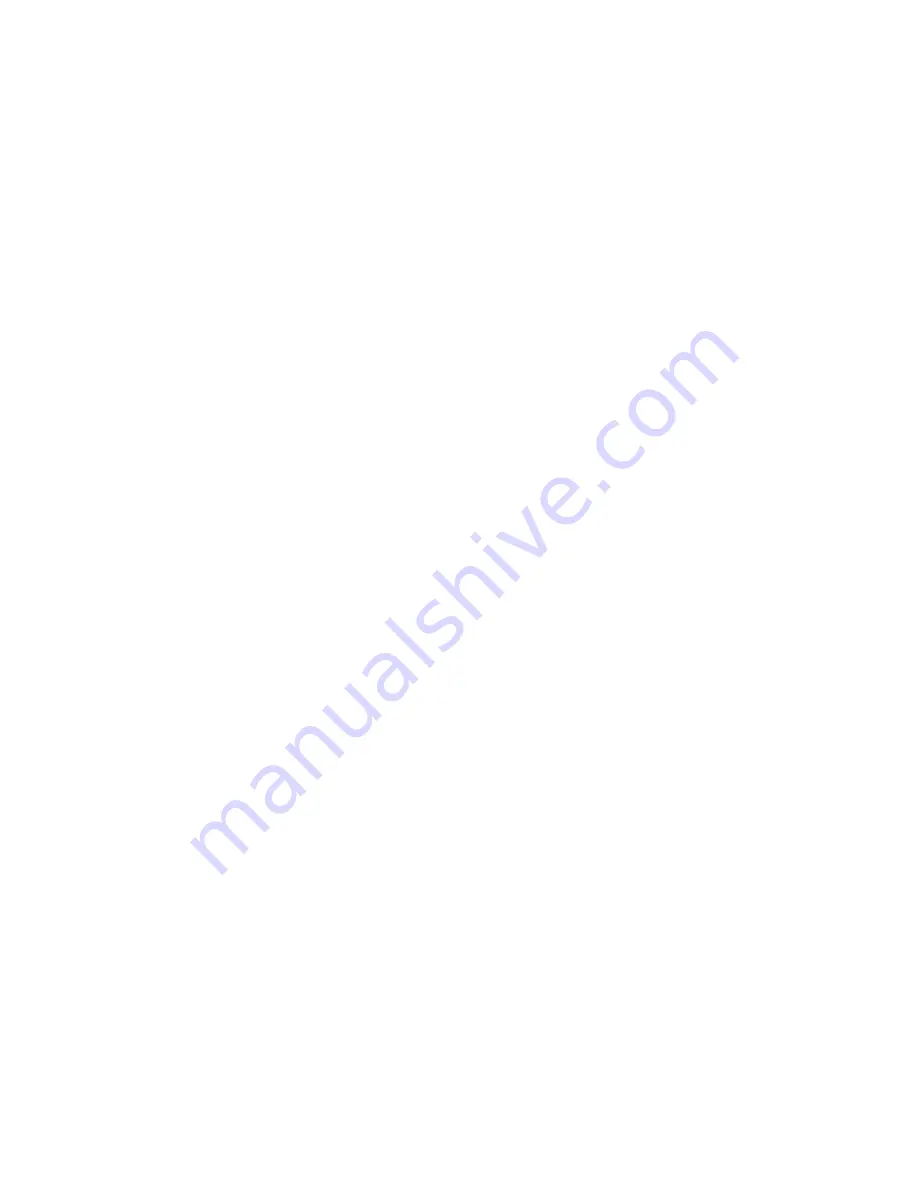
The wave folding effect is cleaner in tone than some other wave folders but by turning
up the other channels (II-VII) and the distortion effect (DIST knob), more complex tones
can be created. Although the VII channel folds the wave more than other channels, the
III and V channels also work as wave folders and can be mixed together as well.
RING MODULATION
Well not technically a ring modulator…, but if you apply two VCOs to the two inputs
you can get tones very similar to ring modulation. Combining two signals will vary the
amplitude and phase of different harmonics both from IN I and IN II. As mentioned
before, since each channel is slightly different, unique tones can be created with each
channel.
—
Connect a VCO to IN I. Connect another VCO to IN II. Turn up both IN I and IN II
knobs. Turn knobs II-VII. Try modulating the frequency of one of the VCOs.
—
Try tuning the two VCOs to different frequencies. Controlling them with the same volt
per octave source, sequencer or keyboard, can create a range of sounds.
DISTORTION
There is built in distortion/clipping circuit built in to the module that allows for
additional tones. Turning up the channel one knob (I) while the other channels are
turned down (II-VII) will create a basic distortion / squaring effect on the inputs.
Pulse width generation can be achieved by applying a triangle, sine, or sawtooth VCO
to the input and applying an LFO to the CV input. Thick pulse width sounds can be
achieved by turning up the other channels.
Sync type sounds can be achieved by using an envelope generator and a VCA to
control the amplitude of the incoming VCO signal.
FEEDBACK
The harmonic multiplier is designed to create more tones by feeding the signal back
into itself.
—
Apply a VCO to IN I. Turn up the input knob (IN I). Turn up any of the output knobs (IVII).
Patch any of the individual output jacks (II-VII) to the IN II jack and turn up the IN II
knob.
—
Feeding channels II or IV back into the module will create various distorted
subharmonics. These subharmonics can be modulated using the CV input or changing
the amplitude of the input VCO. Try adjusting the input knobs to change how the CV
affects the sound.






















